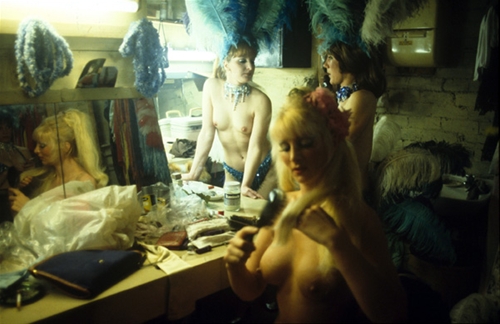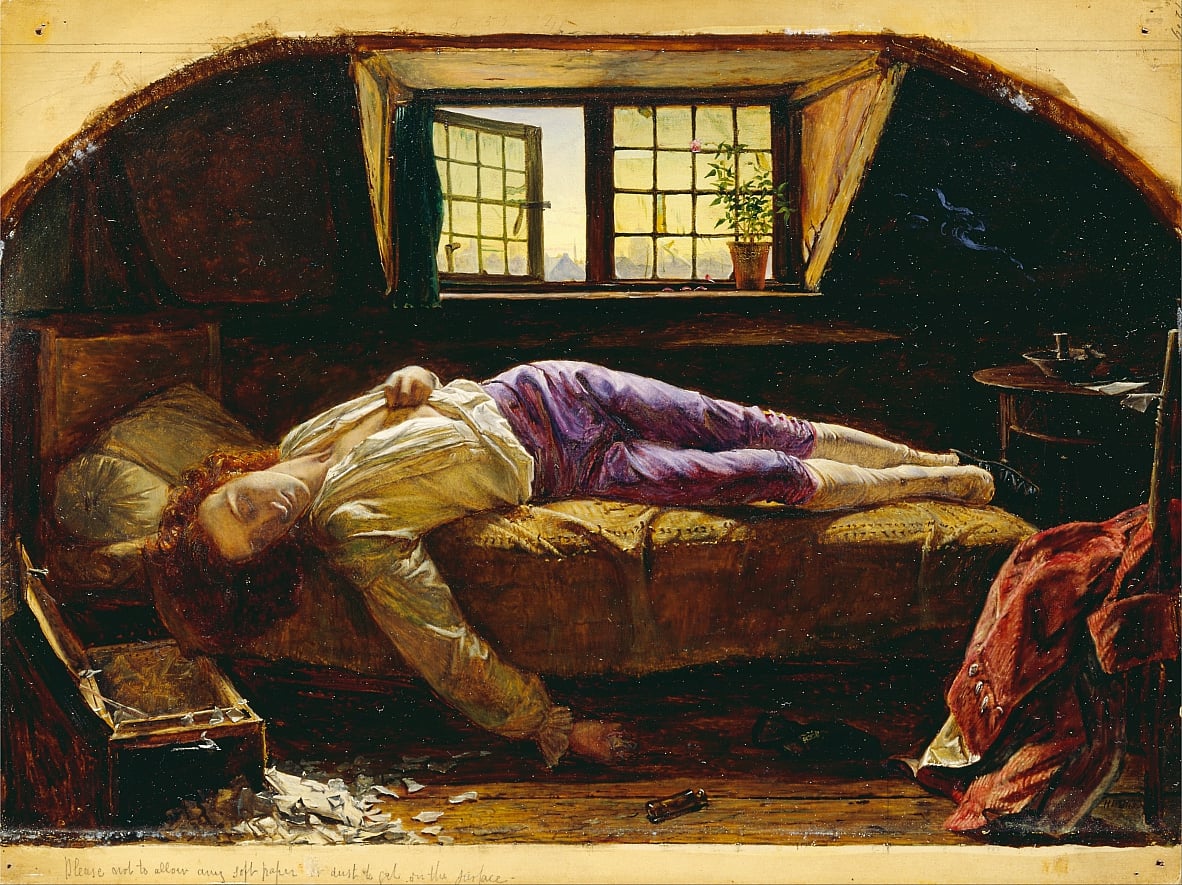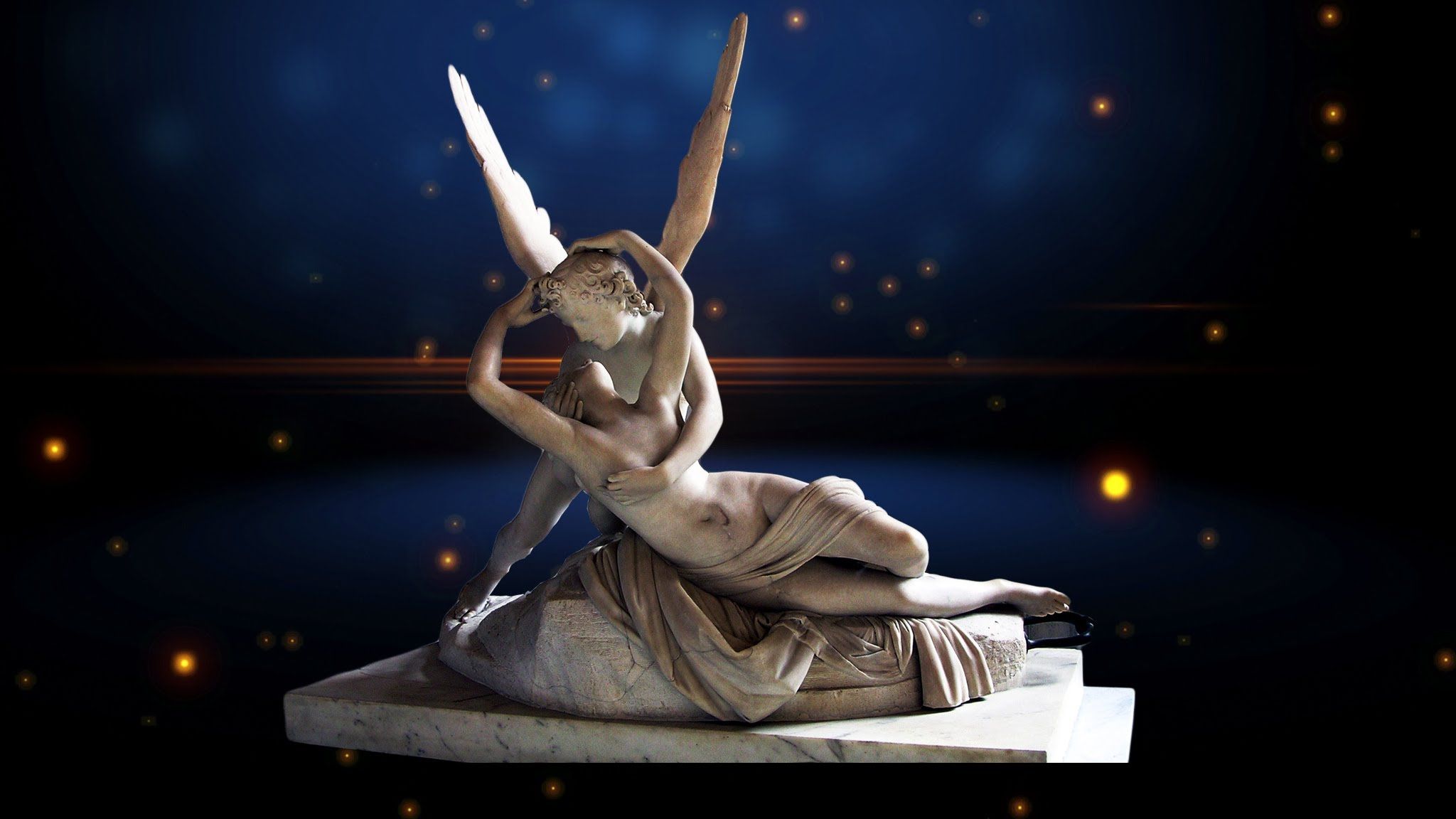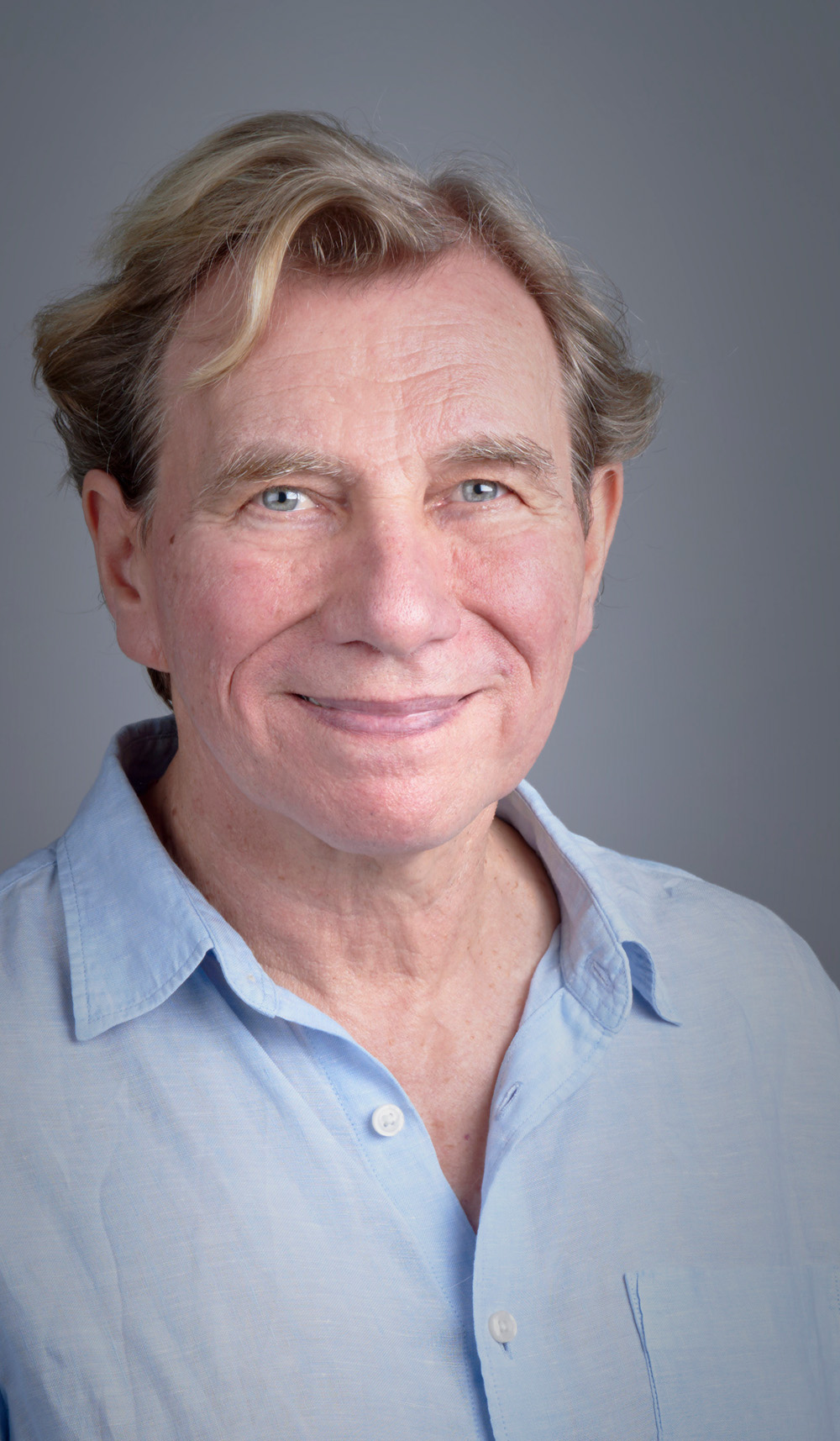An exhibition of prints by Rennie Ellis at Mossgreen Gallery features photographs taken in the clubs of St Kilda and the Cross. Strippers on stage and off. Drag queens. Exotic acts (think naked dancer, snake). The equally exotic moustaches of the MCs.
The years since Ellis died in 2003 have seen a surprising resurgence of the Anti-Sex League in Australia. Who would have thought? Another of the surprises which the twenty-first century sprang on us. In George Orwell’s 1984, the Anti-Sex League worked to combat ‘sexcrime’ – any sexual activity apart from ‘intercourse between man and wife, for the sole purpose of begetting children, and without physical pleasure on the part of the woman’. These words might have been written in the fourth century by that original killjoy, St Augustine. As we know the spirit of the League lives on in fundamentalist religious cultures today, where a raped girl is stoned to death for ‘adultery’ with her attacker. Even in the United States, the current hot issue in national politics is not employment or the economy, but whether President Obama will allow Americans to receive contraceptive advice under private health policies, if their employers regard it as ‘sinful’.
‘Absolutely revolting . . .’
Remember back in 2008 when the Rosyln Oxley Gallery was raided by police, and works by one of Australia’s most respected artists seized? (Bill Henson also had to endure the Prime Minister of the day, Kevin Rudd, calling his work ‘absolutely revolting’ and of ‘no artistic value’.) No case was found, so the NSW Government changed the law so that ‘Artistic Purpose’ is no longer a defence against a charge of pornography. The Federal Government has been dogged in pursuing an Internet Censorship Filter – sold to the public as blocking child pornography (who could argue?) – but now extended to a growing list of sexual and other material claimed to ‘offend against the standards of morality’. Since then we have also had the hysterical attacks on legalisation of marriage for all people, and the sacking of ministers and political candidates in Queensland and New South Wales for ‘non-regular’ sexual behaviour. OK, you want to know, don’t you? Visiting a gay brothel (NSW) and attending a ‘swingers’ party’ (QLD).
Perhaps evoking Orwell’s Anti-Sex League doesn’t seem so far-fetched. The most terrifying aspect of 1984, after all, is not political, but the State’s attack on the very existence of private life.
Currying favour with evangelical swinging voters (not the QLD kind) is part of the story, but current policies reflect genuine convictions among politicians too, many of whom have strong religious beliefs. Yet what lies behind this belief that the government has a right to judge and control essentially private, personal activities which do no harm? To poke about in its citizens’ pants? (What blogger and sexual commentator, ultra-hedonist, calls the panicked ‘gagging response’ to forms of sexuality which make them feel uncomfortable.) We see here, surely, the conviction – familiar from two thousand years of Christianity – that the body and sex are intrinsically shameful, and the more that sexuality varies from the ‘norm’, the more shameful it is, and in need of control.
How curious and sad it is to view the human form in this way, for we are our bodies – embodied beings – and turning against it in this way is a kind of self-hatred, a hatred sometimes turned against others.
Rennie Ellis’s photographs are a refreshing contrast to these attitudes.
The images in This is the Show (large silver-gelatin or C-type prints) are extraordinary, intimate portraits of people who worked in strip clubs during the 1970s and 1980s. Ellis was a superb photographer, both technically and as an artist. (It’s no surprise that his works hang in overseas collections as well as at the National Gallery of Australia, National Portrait Gallery, and many State collections.) They are wide-eyed, entirely non-judgmental images, delighting in the variety, idiosyncrasy and beauty of people and their behaviour in all its forms.
Some images show the ‘exotic dancers’ backstage, matter-of-factly chatting and smoking as they prepare for the show, entirely comfortable with their nudity. The relaxed grace of their limbs is like that of the ballet dancers in Degas’ backstage paintings. Some show the club entrances with their marquee lights and signage: ‘Action shows!’, ‘A Thrill a minute!’, followed by a bathetic ‘Warm inside’. Other photographs reveal a delicate beauty, as in Lady Medina 1977, a poignant close-up of the naked stripper, her face glistening with make-up beneath which a rash of spots can be made out. Dark eyes stare out at the viewer, as if to say, ‘Yes, I am a person, just like you.’
In contrast to the Anti-Sex League and its real-life followers, Rennie Ellis’ attitude – implicit in these images and all his work – lies in the words of the Roman writer, Terence, which Bruce Chatwin revered and chalked up boldly on his wall:
I am human; nothing human is alien to me.




